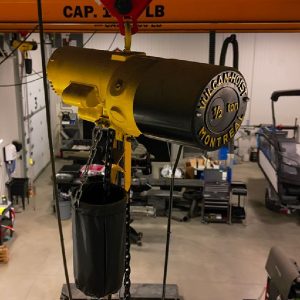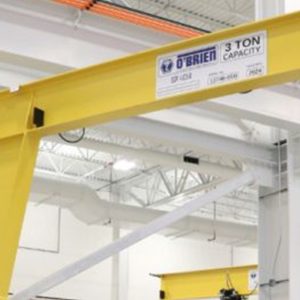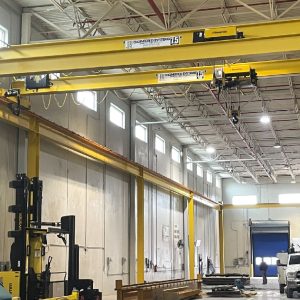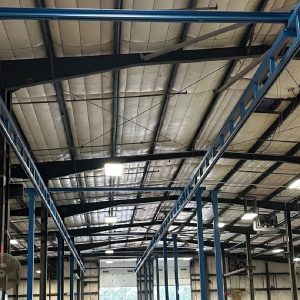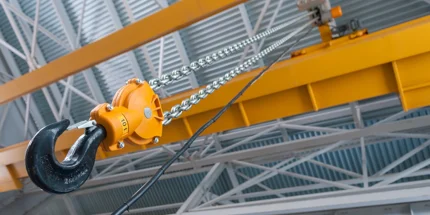
HMI, a 107-year-old organization, represents suppliers of hoists and trolleys. It also develops performance and safety standards for the industry. That work will continue to be important to HMI’s mission, said Rob Beightol, marketing director for MHI member Gorbel. Beightol became president of HMI in 2024.
“With companies struggling to hire workers, we want to make sure we always address the safety side of overhead lifting,” he said. “With a lot of newer workers to the field, we want them to look to HMI for materials and webinars to assist them with creating and maintaining a safe environment.”
New initiatives are in the works as well. Damian Mulcahy, director of sales in the U.S. and Canada for HMI member R&M Materials Handling—and HMI vice president—would like to see more “participation from all the key stakeholders in the industry, to work together for the greater good of the industry and the people who buy and use the products.” Increasing participation tops his list of goals for the near future.
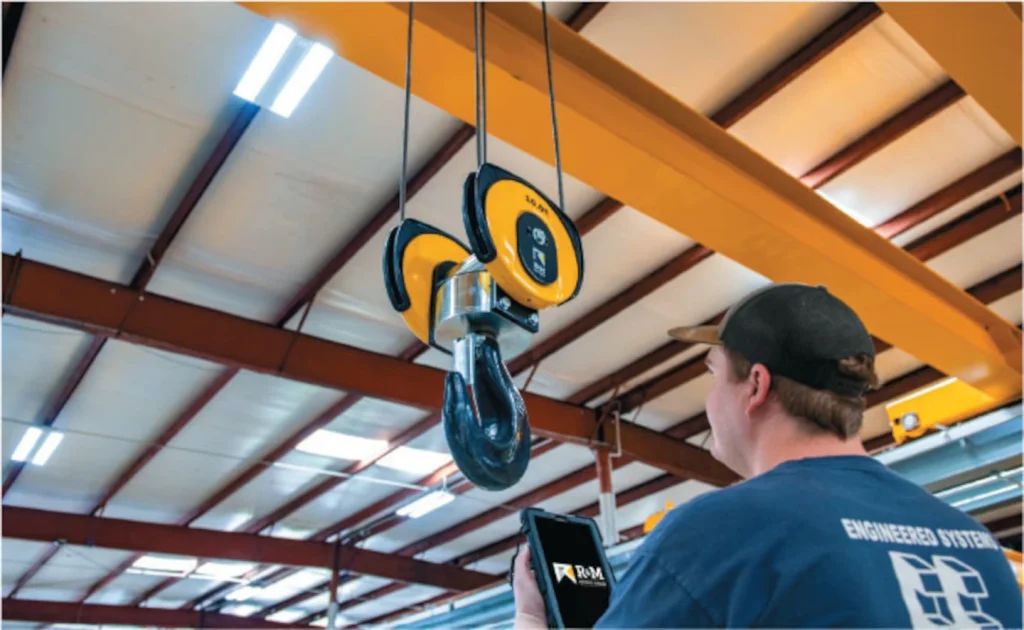
HMI in 2024 is poised to be even more important in leading the industry in new innovations, as end users look to hoists as a key component of a modern material handling set up.
Changing Demands
It’s rare that safety and productivity go hand-in-hand, but with advanced features in hoists, end users are achieving just that.
“The marketplace is looking for more advanced features, things like sway control, hook centering, advanced overload detection,” Mulcahy said. Remote monitoring of connected equipment is also a strong selling point. “Centralized data that is remotely accessible takes people out of harm’s way. They’re typically up in the air, with moving parts and pieces. To have a person up there to do troubleshooting is more dangerous and time-consuming.”
Hook centering keeps equipment in place when it needs to be there, instead an operator manually directing its movement to the location, Mulcahy said.
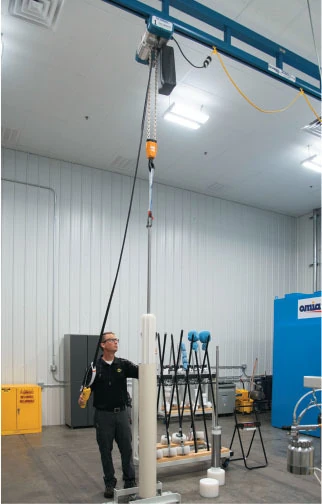
Automation is another growing trend in hoists, which leads back to safety and productivity. The same communication systems that allow your car to notify you that the tire pressure is low will be available in overhead crane systems. “The system will be able to notify the user it has an electronic control component that needs replacement, or a bearing is at the end of its expected life,” Mulcahy explained.
HMI not only pays attention to the trends but also asks its members to provide case studies that can be shared with end users and purchasers to understand hoists and the opportunities they provide.
Efficiencies Gained
Despite the innovations in technology, overhead hoists remain a fairly uncomplicated piece of equipment, Beightol said. “Companies are really looking for pieces of equipment that they don’t have to think too much about but will solve their issue.” HMI steps in to share the word that hoists “don’t take a lot of time to be up and running.”
Though hoists have a role in material handling automation solutions, “we want the entire system to be easy to use,” Beightol said. “Most hoist manufacturers work with distributors or integrators to take the guesswork out for the end user.”
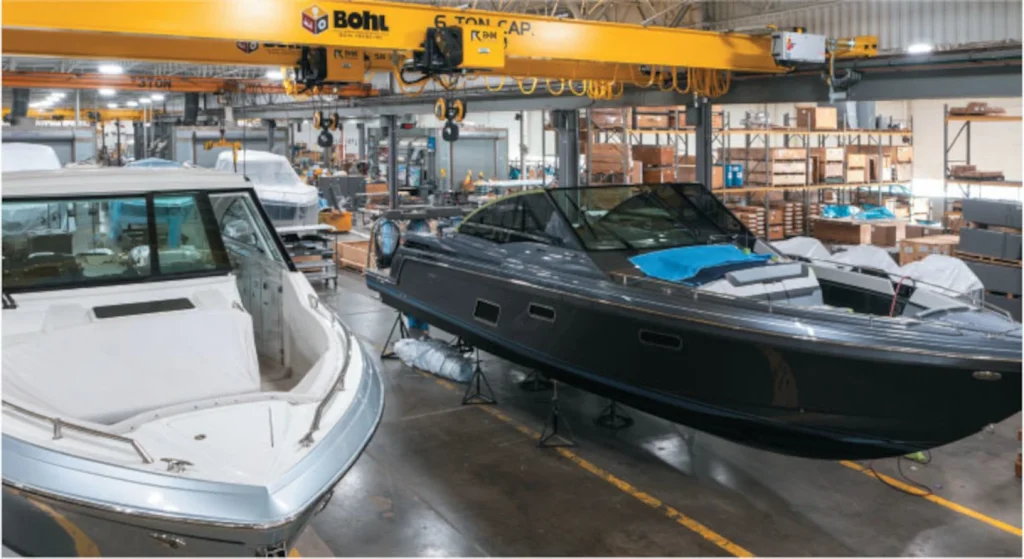
Hoists help solve worker shortages, as fewer people can handle a lift that previously required two or more workers. “If you put a hoist in place, especially a powered hoist, chances are you may be able to move a dual person operation into a single person operation,” Beightol said.
Sector Secrets
Beyond the work that is outbound—that is, for customers and workers—HMI also offers marketing intelligence for its members. That, Mulcahy said, is one of the unsung values of membership.
In his role leading the sales for R&M in the U.S. and Canada, “the most important thing for us is the statistics. We’re basing our organizational forecasts, our workload, our facilities, our capacity based on the overall market and what’s happening.”
Mulcahy also likes to look a little further out and forecast what is coming for the hoist industry. He believes artificial intelligence will soon play a role in hoists and cranes.“I see where you’ll have features of cranes that can be turned on and off remotely,” Mulcahy predicted. That might mean the ability to adapt a crane originally installed for one use to match a changed warehouse process later.
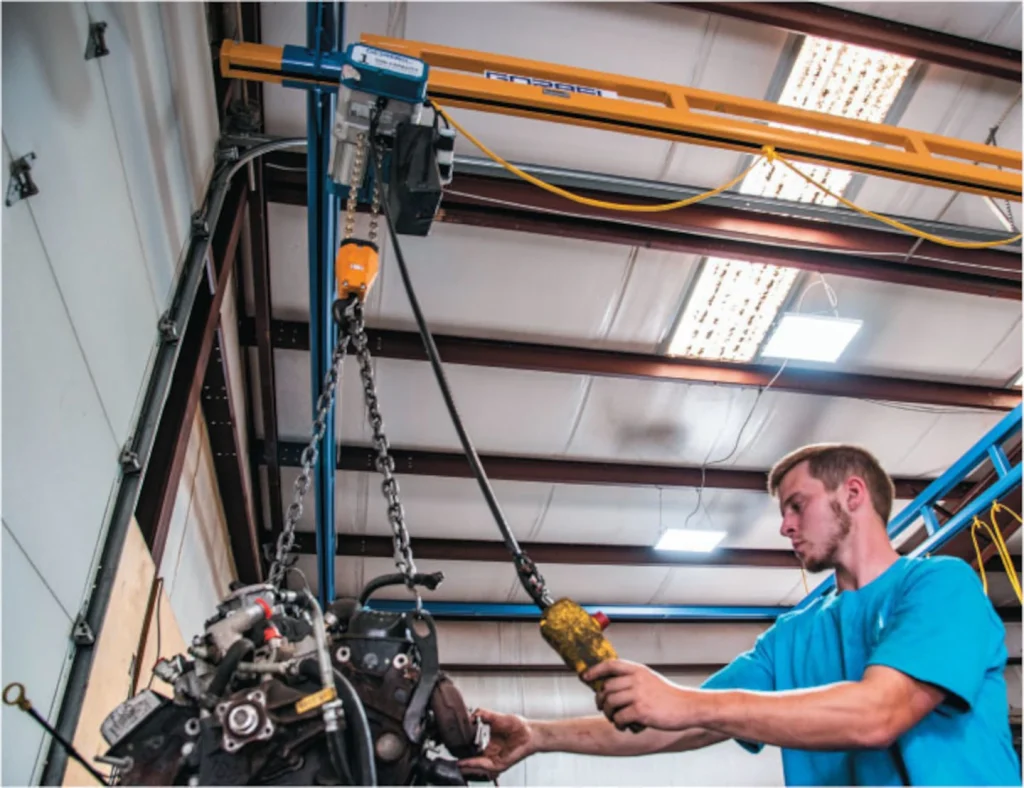
“Within the next five years, we will see an element of artificial intelligence (AI) built into the software where it doesn’t necessarily need hardware,” Mulcahy said. Instead, programming will be able to help the equipment adapt. “As the industry continues to grow and the technology becomes more available, maybe something that wasn’t available will be programmed into it via software or automatically because it’s got its own intelligence.”
Hoists might be a fairly mature industry—but it doesn’t mean that always will be true. Mulcahy believes the power of collaboration through HMI will help drive the industry forward.
A recent article in MHI Solutions magazine offers additional thoughts on hoist technologies from HMI members. Read it here.To learn more about HMI, visit mhi.org/hmi.


